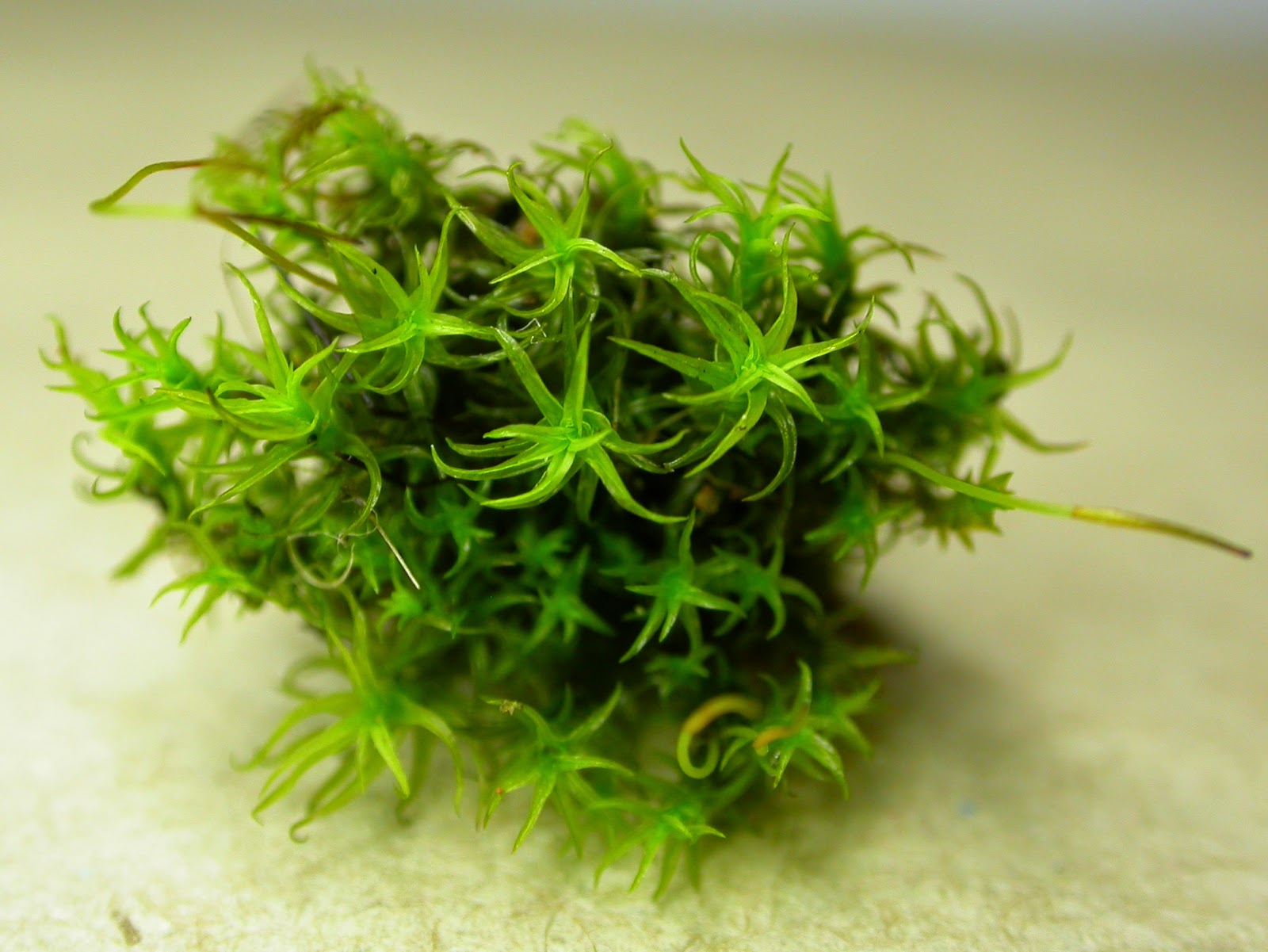Firstly I should say hello, and make my apologies
for being perhaps the only non-bryologist on this excellent blog. My interest
in the mossy stuff is quite new and was a result of a contract (from Sam B –
cheers !) looking at tufa forming springs across Wales. I was responsible
for looking at geology, water flow and chemistry and Jon Graham was fully in
charge of the bryophytes (Graham & Farr. Petrifying Springs in Wales. Field
Bryology, 112).
After two weeks in the field, it was too late.
I was captivated by the way changes in geology, microtopography, hydrology and
chemistry influenced the presence or absence of many mosses.
So it wasn’t long before I had dreamed up a weekend
project…so I thought ‘why not survey in the small tufa formations across the
Vale of Glamorgan Coastline?’ Good excuse for a walk, and who knows maybe someone
will find it useful ? Thus here is the first post on my initial couple of trips
along the Penarth beach…soon to be followed by outings all the way to Ogmore and some exciting algae pictures from Chris Carter - but all in good time.
The first site is an interesting coastal site
on Penarth Beach (ST1864969805) where a groundwater spring emerges half way up
the cliff face at the junction of a yellow sandstone where it is impeded by the
darker shales below; part of the Triassic Blue Anchor Formation . This is far
more than a ’seepage’ and just collecting a few samples I had given myself
a good soaking. There was some tufa but it wasn’t extensive, it is unlikely
that the water had been in contact with much limestone or any at all. Noted
were semi submerged Platyhypnidium riparioides (long beaked water feather moss), Didymodon tophaceus and some liverworts which I managed to let dry out until they were
beyond recognition !
 |
| Plathyhpnidium ripariodies below a fresh water spring on Penarth Beach ST1864969805 |
The flow of water was several litres per
second the temperature 9.4oC and the electrical conductivity 300uscm
indicative of a relatively short residence time of groundwater within the
aquifer, and another reason there wasn’t much tufa. Compare this to some
of the patches of tufa along the Penarth cliff face and you see a marked
difference. The tufa seepages have much lower flow...they are true ‘seepages’ (see picture) with higher electrical conductivities 600-1970uscm, reflective of more dissolved
ions in the water, and they do not have Platyhypnidium riparioides, instead being dominated by Eucladium and Didymodon tophaceus.
 |
| A small cliff face seepage with active tufa formation and Didymodon tophaceus at Peanrth Head ST191337191 |
Interestingly at this beach spring Platyhypnidium riparioides occurs from several meters up the cascade to almost ground level and the lower part must have been submerged during the
‘super tide’ on Saturday 21st Feb 2015.
After popping over to meet George this week,
one thought that crossed my mind, after we devoured a Tunnocks ‘Snowball’, was that if detailed elevation data (cm
accuracy) were collected for these coastal species that occur at the base of
cliffs, then it should be possible to compare to tidal data - and
thus work out the duration of time they can withstand inundation by sea
water..........but that’s a whole other weekend project !!!
Gareth Farr with help and encouragement from George Tordoff






%2B3sa.jpg)


















%2B2sb.jpg)
%2B1saa.jpg)
%2B2sab.jpg)
%2B1sb-1.jpg)
%2B3sa.jpg)


















